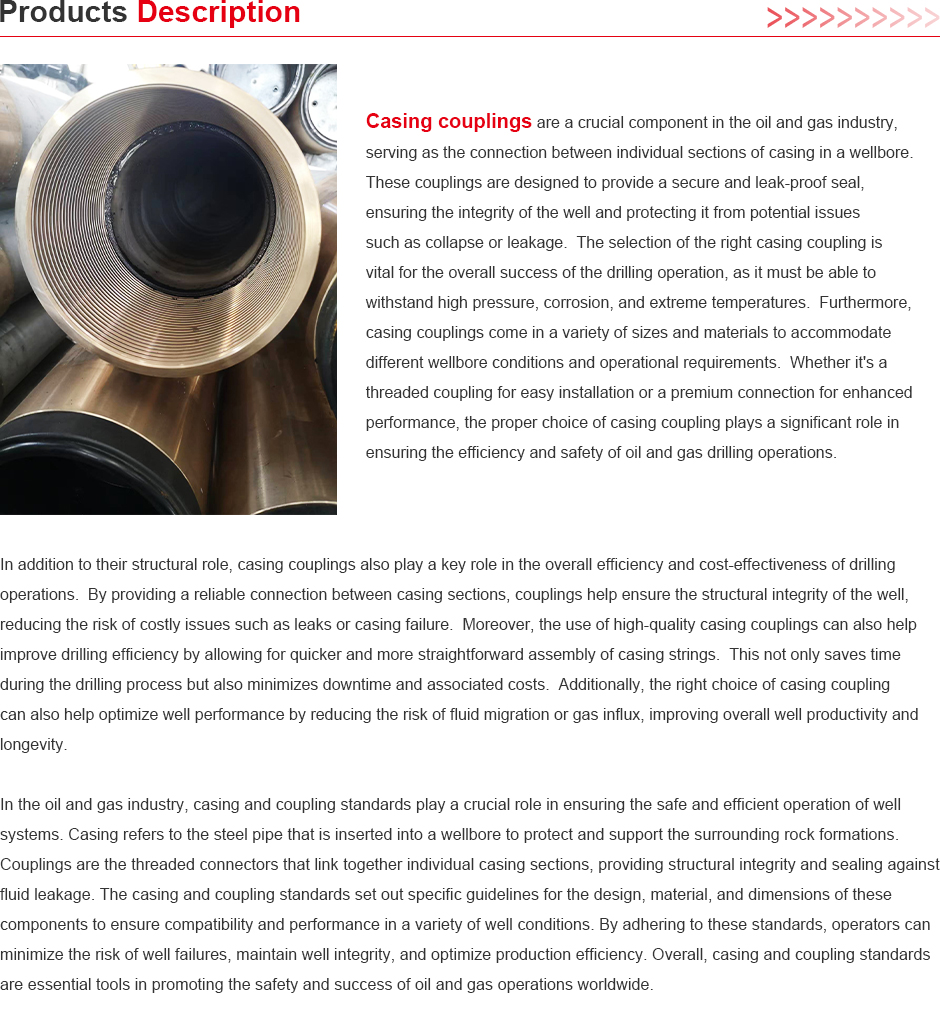- Afrikaans
- Albanian
- Amharic
- Arabic
- Armenian
- Azerbaijani
- Basque
- Belarusian
- Bengali
- Bosnian
- Bulgarian
- Catalan
- Cebuano
- Corsican
- Croatian
- Czech
- Danish
- Dutch
- English
- Esperanto
- Estonian
- Finnish
- French
- Frisian
- Galician
- Georgian
- German
- Greek
- Gujarati
- Haitian Creole
- hausa
- hawaiian
- Hebrew
- Hindi
- Miao
- Hungarian
- Icelandic
- igbo
- Indonesian
- irish
- Italian
- Japanese
- Javanese
- Kannada
- kazakh
- Khmer
- Rwandese
- Korean
- Kurdish
- Kyrgyz
- Lao
- Latin
- Latvian
- Lithuanian
- Luxembourgish
- Macedonian
- Malgashi
- Malay
- Malayalam
- Maltese
- Maori
- Marathi
- Mongolian
- Myanmar
- Nepali
- Norwegian
- Norwegian
- Occitan
- Pashto
- Persian
- Polish
- Portuguese
- Punjabi
- Romanian
- Russian
- Samoan
- Scottish Gaelic
- Serbian
- Sesotho
- Shona
- Sindhi
- Sinhala
- Slovak
- Slovenian
- Somali
- Spanish
- Sundanese
- Swahili
- Swedish
- Tagalog
- Tajik
- Tamil
- Tatar
- Telugu
- Thai
- Turkish
- Turkmen
- Ukrainian
- Urdu
- Uighur
- Uzbek
- Vietnamese
- Welsh
- Bantu
- Yiddish
- Yoruba
- Zulu
Exploring the Applications and Benefits of Steel Coupling in Modern Engineering Solutions
Understanding Steel Coupling A Key Component in Structural Engineering
Steel coupling, a critical element in structural engineering, plays a fundamental role in providing strength and stability to various constructions, particularly in seismic-prone areas. This article delves into the concept of steel coupling, its types, applications, and advantages, with an emphasis on its importance in modern engineering design.
What is Steel Coupling?
Steel coupling refers to the use of steel components to connect different structural elements, allowing them to behave as a unified system. This technique enhances the overall integrity of buildings and infrastructures by distributing loads more evenly and absorbing impacts during events like earthquakes. Coupling is especially vital in reinforced concrete structures, where steel bars and beams work together to resist tensile forces, ensuring that the construction can withstand various stresses.
Types of Steel Couplings
There are several types of steel couplings, each serving specific purposes and applications. The most common include
1. Rigid Couplings These are used to connect sections of structural steel with minimal movement. Rigid couplings ensure that the connected elements behave as a single unit, making them ideal for applications where stability is crucial.
2. Flexible Couplings Unlike rigid couplings, flexible couplings allow for some movement between connected elements. This flexibility is essential in seismic design, as it permits independent movement during an earthquake, minimizing damage and maintaining structural integrity.
3. Ductile Couplings Ductile steel couplings are designed to absorb and dissipate energy during extreme loading conditions, such as earthquakes. They accommodate deformations without sudden failures, providing additional safety.
4. Pin and Slip Couplings These involve a connection but allow for rotational and translational movement. Commonly used in bridge constructions, these couplings ensure frictionless movement while maintaining structural stability.
Applications of Steel Coupling
Steel coupling is widely used in various forms of construction, including
steel coupling

- High-Rise Buildings To resist lateral loads from wind and seismic activities, high-rise buildings often incorporate steel couplings that connect shear walls and frames
. This system provides enhanced stiffness and strength.- Bridges In bridge construction, steel couplings accommodate thermal expansion and contraction, providing a flexibility that ensures longevity and safety.
- Industrial Structures Factories and warehouses often utilize steel coupling in their frameworks, allowing for efficient load distribution and increased durability.
- Seismic Resilience In areas prone to earthquakes, steel coupling systems are carefully designed to absorb and dissipate energy, thereby reducing damage and protecting occupants.
Advantages of Steel Coupling
The use of steel coupling in construction offers numerous benefits
- Enhanced Structural Integrity By connecting various elements effectively, steel coupling improves the overall stability and strength of the structure, crucial for enduring dynamic forces.
- Flexibility Especially in seismic applications, the ability to allow for movement while maintaining structural integrity is vital, making flexible couplings indispensable.
- Cost-Effectiveness While the initial expense of steel coupling systems may be higher, the long-term savings from reduced maintenance and repair needs can be significant.
- Speed of Construction Steel components can be prefabricated, allowing for quicker assembly on-site compared to traditional building methods, minimizing project timelines.
Conclusion
In conclusion, steel coupling is a fundamental aspect of modern structural engineering, ensuring safety, stability, and durability in various constructions. Its ability to connect disparate structural elements while providing flexibility and strength makes it particularly valuable in high-rise buildings, bridges, and seismic-resilient designs. As engineering continues to evolve, the role of steel coupling will surely expand, adapting to new challenges and innovations in the field. Understanding and applying the principles of steel coupling is vital for engineers striving to create safe and sustainable structures for the future.
-
Tubing Pup Joints: Essential Components for Oil and Gas OperationsNewsJul.10,2025
-
Pup Joints: Essential Components for Reliable Drilling OperationsNewsJul.10,2025
-
Pipe Couplings: Connecting Your World EfficientlyNewsJul.10,2025
-
Mastering Oilfield Operations with Quality Tubing and CasingNewsJul.10,2025
-
High-Quality Casing Couplings for Every NeedNewsJul.10,2025
-
Boost Your Drilling Efficiency with Premium Crossover Tools & Seating NipplesNewsJul.10,2025







